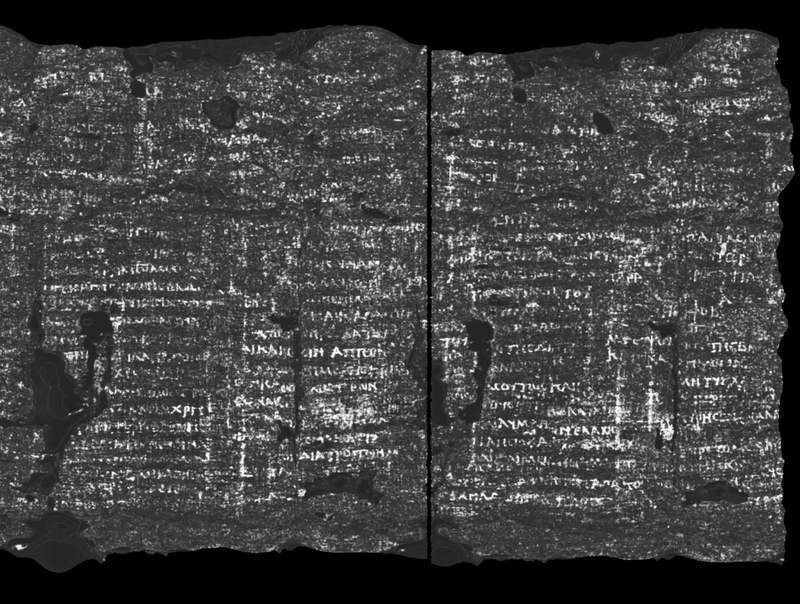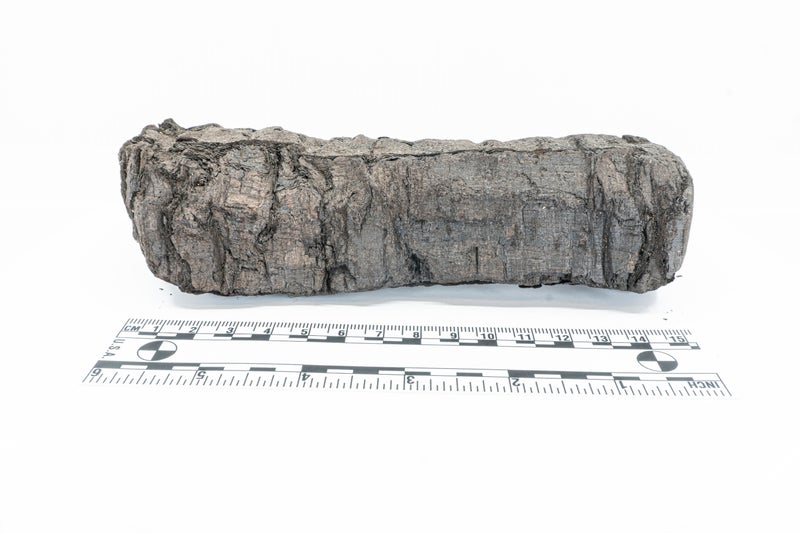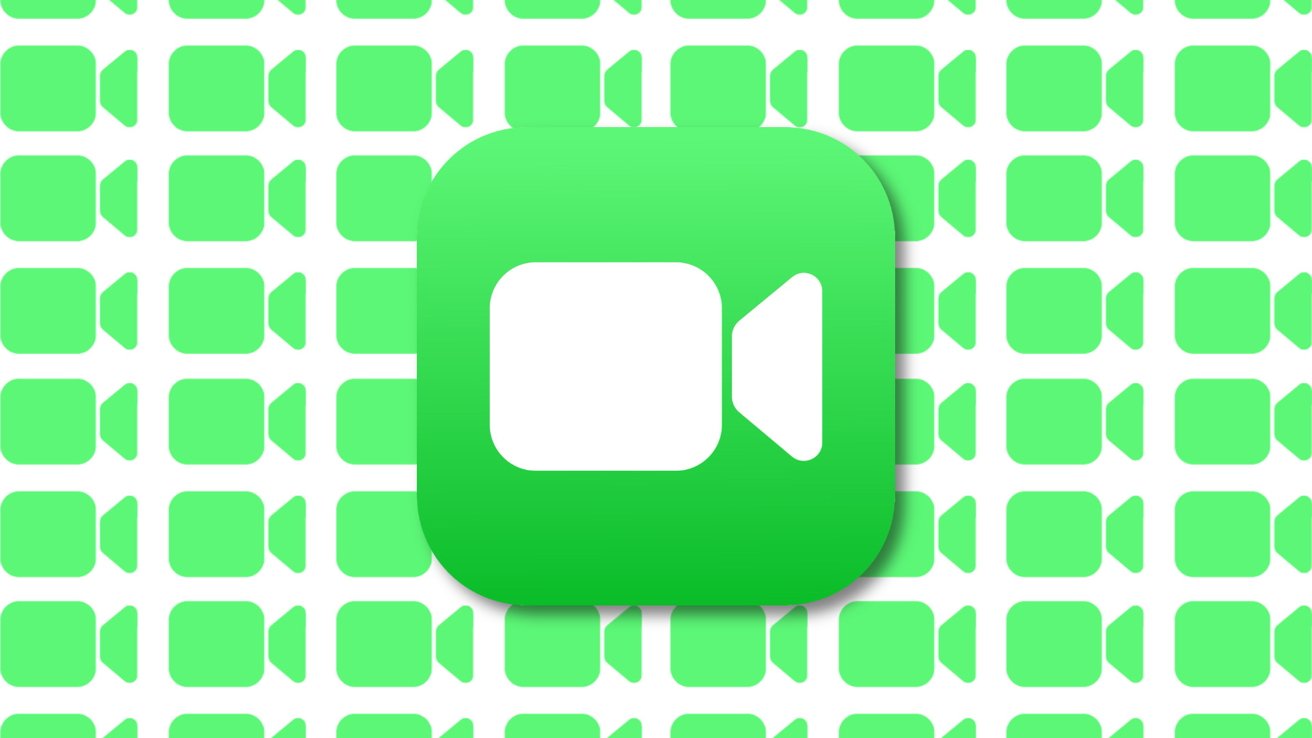Scientists used Diamond Light Source to create 3D scans and a digital reconstruction of scroll PHerc.172, one of three Herculaneum scrolls housed at Bodleian Libraries.
Peer inside the Herculaneum scroll for the first time in 2,000 years: Scientists use AI to virtually unfurl a 'badly burnt' manuscript that was charred during the eruption of Mount Vesuvius It's been left unread for nearly 2,000 years, last glimpsed when the Roman Empire ruled over Europe.
Now, scientists have used AI to virtually unfurl one of the Herculaneum scrolls – the ancient documents buried by the eruption of Mount Vesuvius in AD 79.
Even if scientists were able to physically unfurl the scroll, these ink markings would be invisible to the naked human eye due to the burnt papyrus.
172 and other scrolls were given by the king of Naples and Sicily, Ferdinand IV, to the future George IV in England] The strides made to unroll this scroll mark a significant step forward in our ability to recover texts from the ancient world, according to academics.






















